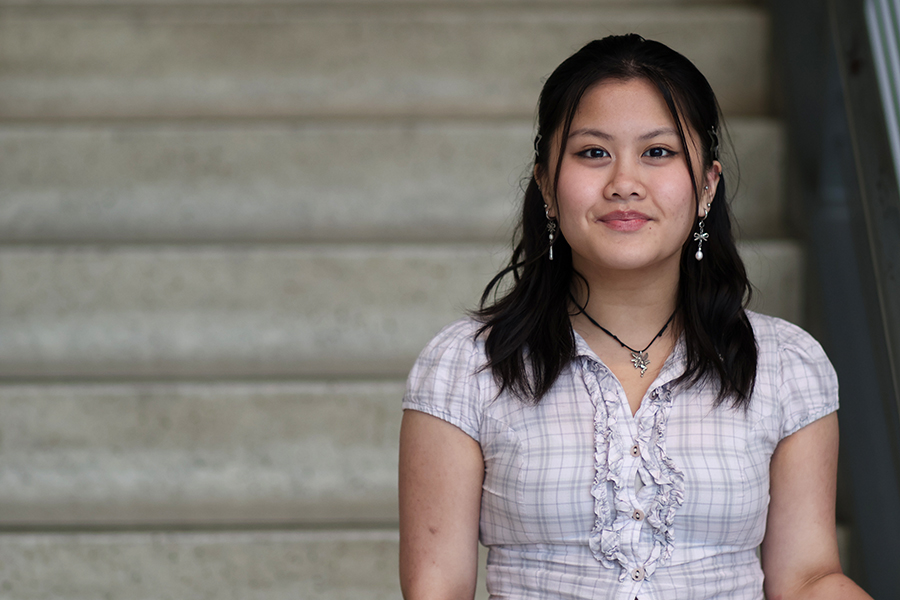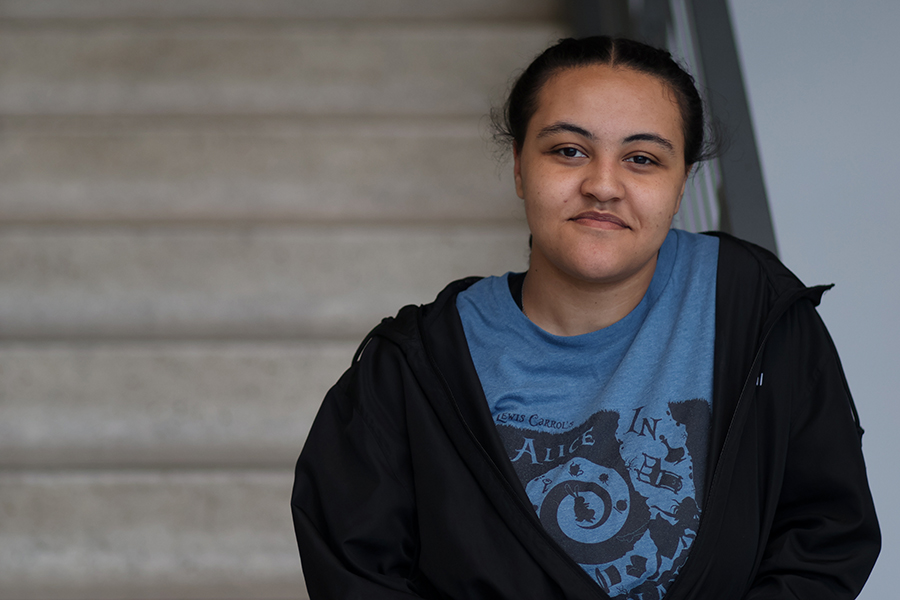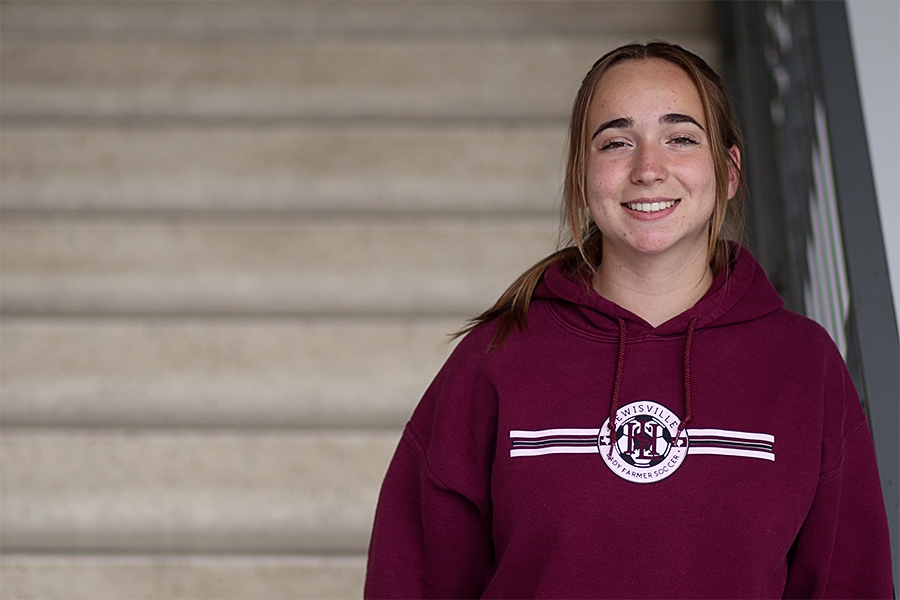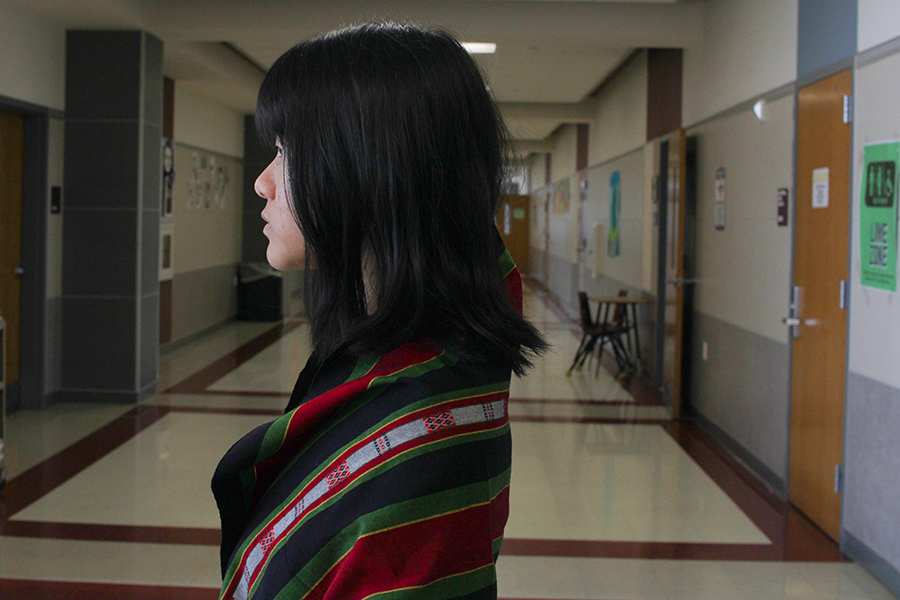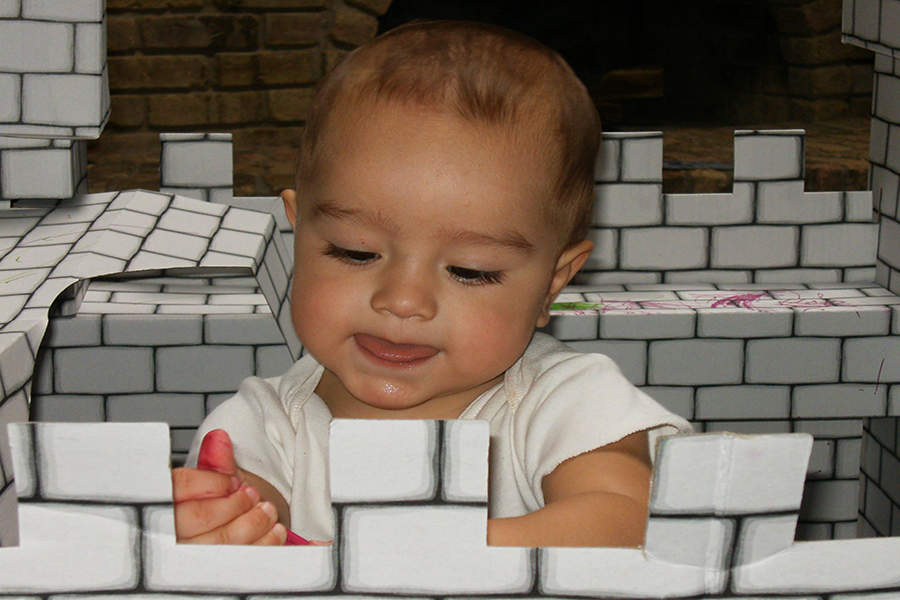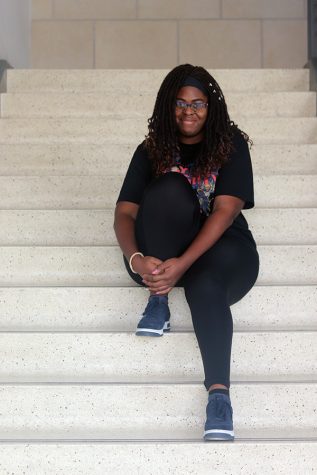During the fourth week of school, the block lunch schedule rolled out, and it opened up numerous opportunities for students to take advantage of their time. Block lunch provides students opportunities to join clubs, which cater to a variety of interests and hobbies.
All clubs operate during certain times. The majority of them are open one day of the week during lunch (either A-block, B-block or both blocks), however, some clubs are open every day. While a club is open, students are invited to attend and participate in whatever activities are hosted there, such as art, writing or electronic games. Although these clubs take place during the lunch period, they typically still allow students time to eat before, after or during the club.
“Time isn’t an issue,” art club member senior Marcos Canroan said. “Art club meets every Thursday in B-block, and it does not conflict with any other activities.”
The two 30-minute blocks lunch has been divided into provide students structure to balance their club activities with eating lunch. For students uninvolved in clubs or other extracurricular activities, the added time may serve as a much-needed break, granting students more time to focus on eating or socializing. The chance to unwind, for many, is a welcomed perk of the block schedule.
“I really think they should just relax and visit with friends and do club activities,” library aide Gretchen Loehr said. “I think that’s a wonderful way [to use their time]. I don’t think they should have to be productive in block lunch.”
While block lunch is widely praised, certain students have spoken about drawbacks that coincide with it. More specifically, drawbacks regarding space. Ever since the block schedule was implemented, the two previous lunch periods have been combined into a single hour-long period. As a result of this, the number of students on their lunch period simultaneously has resulted in issues for some. Being able to share a lunch block with all of their friends has been convenient for many, but for others, finding a place to eat lunch or spend their time has been unexpectedly challenging.
“It’s crowded, and it’s annoying trying to find a seat if you don’t [find a place to eat] early enough,” senior Cesar Fierro said. “I’ve known people who have tried to look for seats. I feel like you should be able to eat anywhere because the first floor is not enough space.”
With all students eating lunch at the same time, a lot have found themselves feeling claustrophobic. During lunch, all students are confined to the first floor, which doesn’t help give them breathing room.
“On the very first two days of lunch, [my friends and I] struggled very hard to find a spot; cafeteria was a hot zone, hallways were crowded, library was full,” Cantoran said. “We almost got kicked out of the library, and we had to go eat at the bleachers twice, and that was a very unpleasant experience.”
Some groups of students have submitted to eating lunch on the floor in hallways or under stairwells. Several of the most popular clubs have reached maximum capacity in members. It can sometimes feel like the school was not designed for so many individuals to be eating lunch at once.
“It’s hard for the kids to all find a place to sit,” Loehr said. “I know in [the library], they have to have a chair to be able to stay, and I feel bad. I’ve seen kids trying to eat as they walk, so I’m not sure there’s enough places for them to sit and actually be able to enjoy their lunch comfortably.”
Although places are crowded, students still have a multitude of ways which they can use their time that open up new places for them to settle down and eat. Staying back with teachers is one way to avoid the crowds that linger throughout the first floor of the school during lunch. This may not sound appealing to students who do not have work to catch up on, however. On top of this, students are unable to spend time with friends if they remain in class, and certain teachers might not be available to stay in class with students.
“I would encourage them to look at all the different choices there are in clubs or talk with friends and see if there’s anyone else in a club that they might want to go along with,” Loehr said.
Club rooms can still be crowded, however, they certainly open up more space for students to sit down and socialize. On top of this, they provide chances for students to involve themselves in more activities during the day. With such a wide variety of clubs, nearly all students may be able to find something that interests them to a degree.
“They have 20-plus clubs, all of different appeals,” Cantoran said. “It’s more a matter of ‘pick-your-poison.’”
Ultimately, block lunch seems to have a positive effect on both students and teachers alike.
“I think the biggest benefit is to teachers,” Loehr said. “It gives them a big opportunity to do some of their planning or do some of their tutoring and not have to stay after school or come early in the morning. They can plug some things in during block lunch.”
While space is an issue, it may be compensated for by the open club rooms and teachers who offer tutoring. If a lack of space continues to burden students, perhaps more places in the school, such as the second floor, may be made available.
“I think it’s good to have a chance to meet up with friends for a little while in the middle of the day, eat lunch and forget about school stuff for a few minutes,” Loehr said.

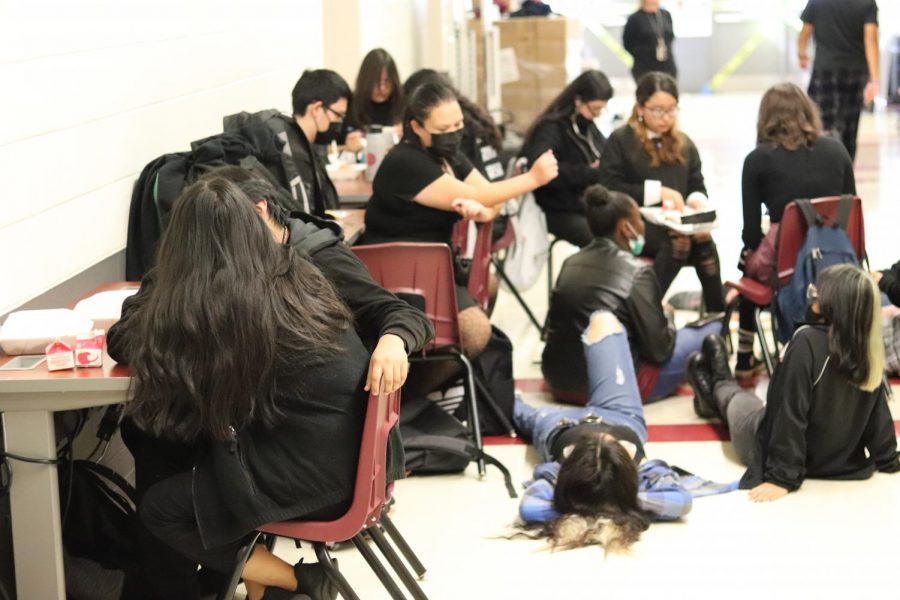
!["I hope to become fond [of] and understand the new dynamic of a life where I don't really have boundaries set by another person, but rather more of a liberal freedom."](https://farhar.net/wp-content/uploads/2025/05/topten9.jpg)
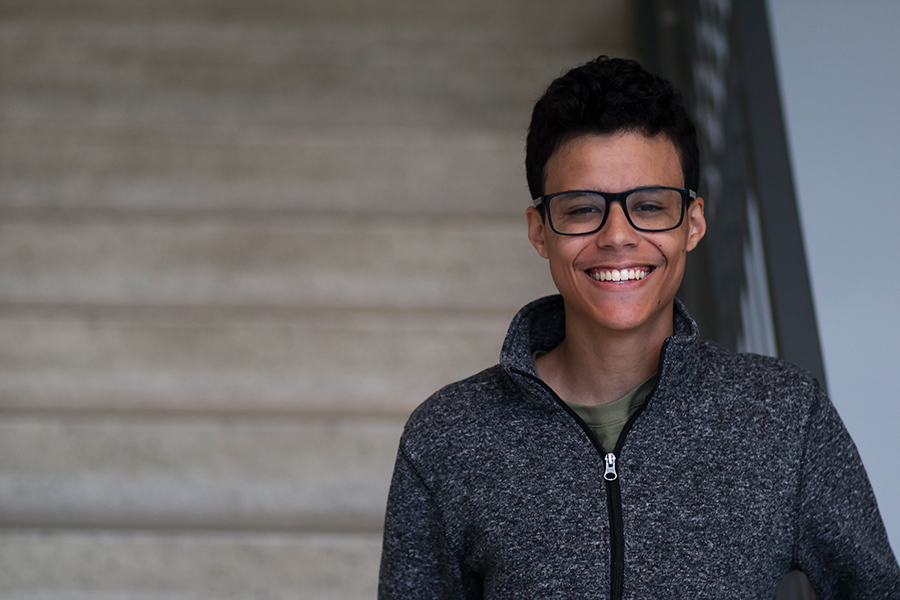
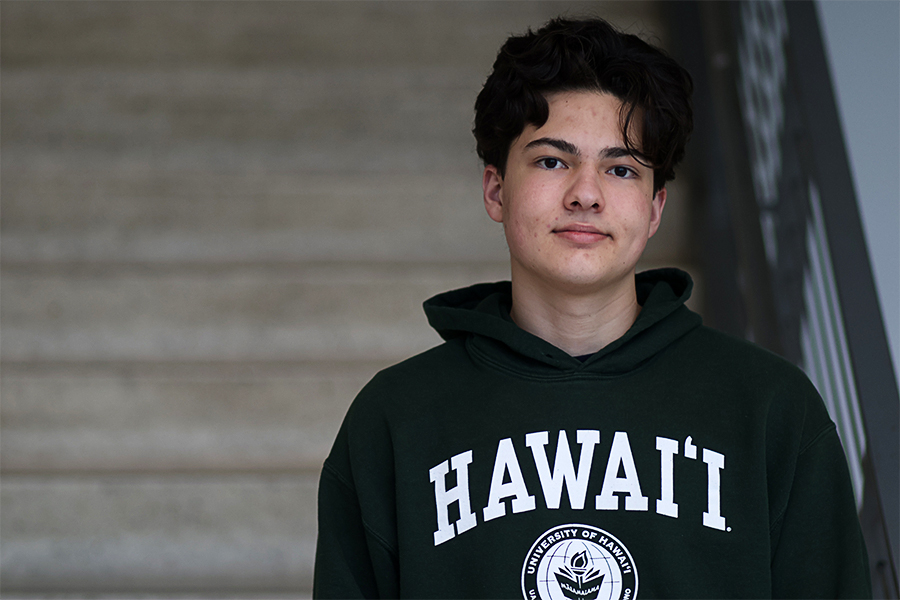
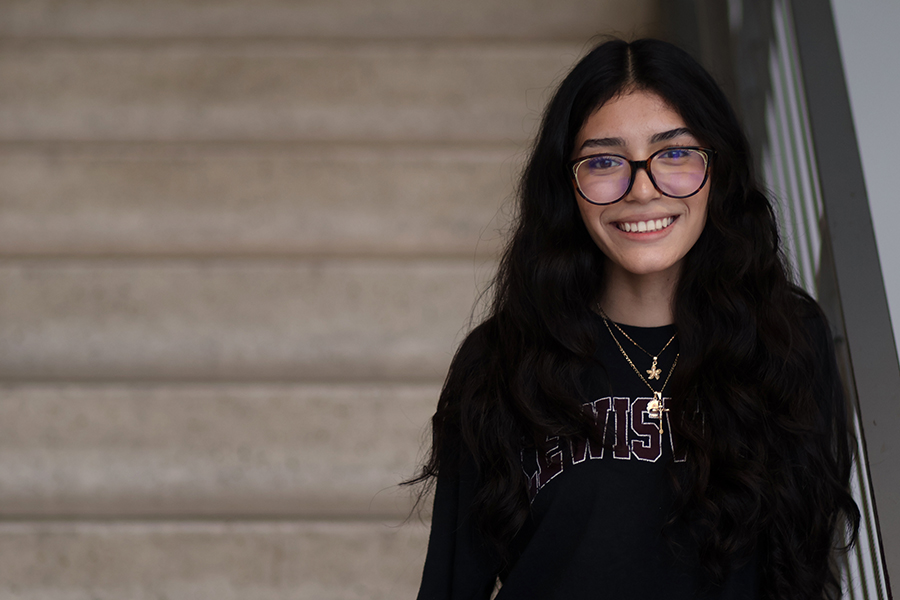
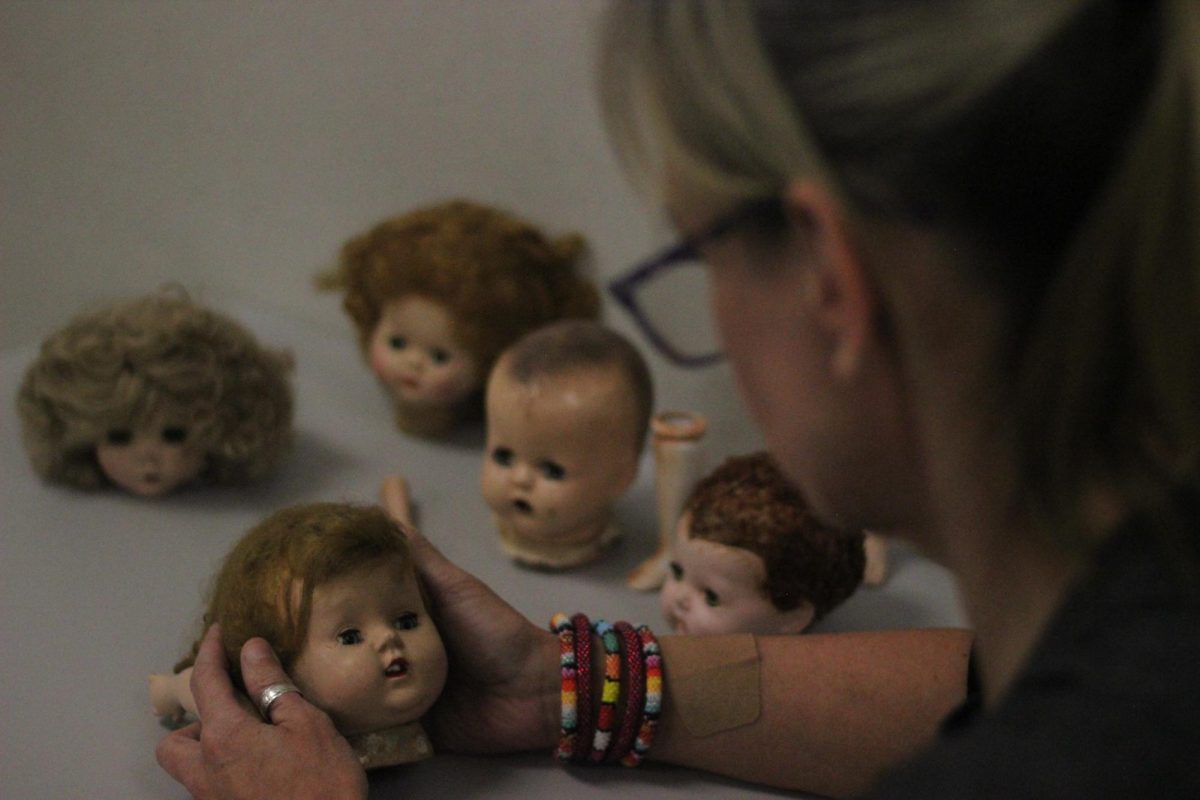
!["Learning is a really important aspect of high school – that's why we're here. I think the whole top ten thing can also encourage somebody [to] focus on grades and not the actual learning."](https://farhar.net/wp-content/uploads/2025/05/topten6.jpg)
